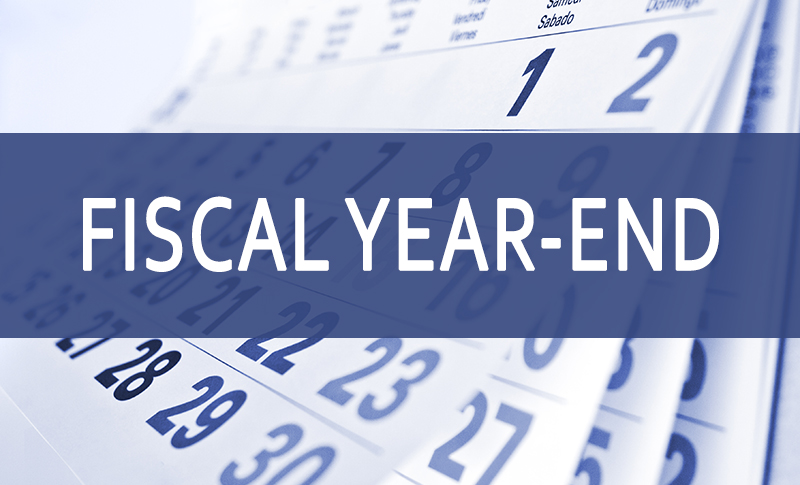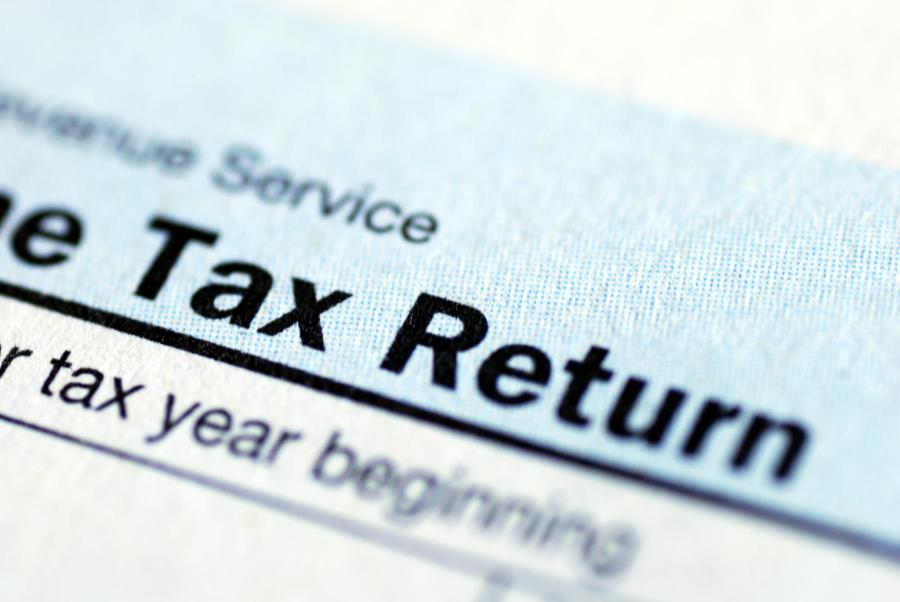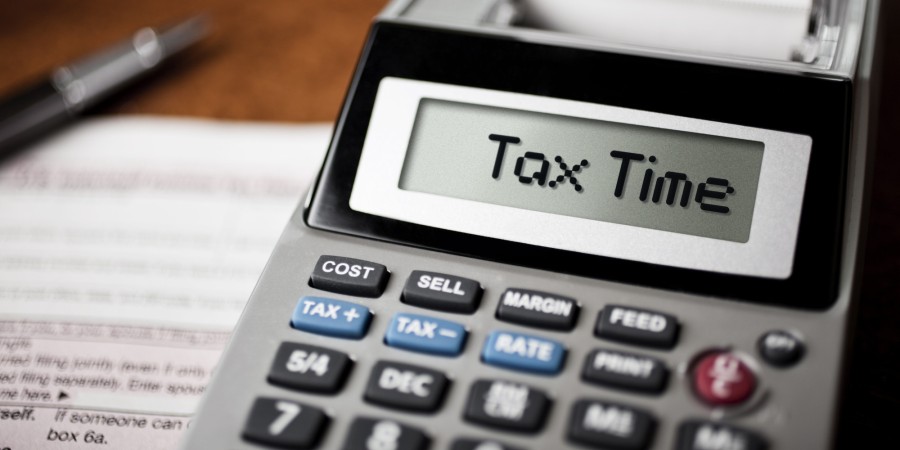For the majority of Canadians, the due date for filing of an individual tax return for the 2016 tax year is May 1, 2017. (Self-employed Canadians and their spouses have until June 15, 2017 to get that return filed.) In the best of all possible worlds, the taxpayer, or his or her representative, will have prepared a return that is complete and correct, and filed it on time, and the Canada Revenue Agency (CRA) will issue a Notice of Assessment indicating that the return is “assessed as filed”, meaning that the CRA agrees with the information filed and tax result obtained by the taxpayer. While that’s the outcome everyone is hoping for, it’s a result which can be “short-circuited” in a number of ways.
For the majority of Canadians, the due date for filing of an individual tax return for the 2016 tax year is May 1, 2017. (Self-employed Canadians and their spouses have until June 15, 2017 to get that return filed.) In the best of all possible worlds, the taxpayer, or his or her representative, will have prepared a return that is complete and correct, and filed it on time, and the Canada Revenue Agency (CRA) will issue a Notice of Assessment indicating that the return is “assessed as filed”, meaning that the CRA agrees with the information filed and tax result obtained by the taxpayer. While that’s the outcome everyone is hoping for, it’s a result which can be “short-circuited” in a number of ways.
Not infrequently, the taxpayer realizes, after the return is filed, that information has been inadvertently misstated, or perhaps amounts have been omitted where an information slip was received (or located) after the return was filed. In such situations, the taxpayer is often at a loss to know how to proceed, but the process for amending a return is actually quite straightforward. Occasionally, the first thought in such circumstances is that another —corrected — return should be filed, but that is not the right course of action. Instead, the taxpayer should wait until a Notice of Assessment has been received in respect of the return already filed, and then file a T1 Adjustment Request with the CRA, outlining the needed corrections.
The easiest and quickest way of requesting an adjustment is through the CRA website’s “My Account” service, but that option is available only to taxpayers who have already registered for that service. While doing so isn’t difficult (the steps involved are outlined on the website at www.cra-arc.gc.ca/myaccount/, it does take a few weeks to complete the process.
Taxpayers who don’t want to deal with the CRA through its website, or who don’t think it’s worth registering for My Account just to deal with the CRA on a single issue, can obtain a hard copy of the T1 Adjustment form from the CRA website at www.cra-arc.gc.ca/E/pbg/tf/t1-adj/README.html. Those who are unable to print the form from the website can order a copy to be sent to them by mail by calling the CRA’s individual income tax enquiries line at 1-800-959-8281. The use of the actual form isn’t mandatory – the third option of sending a letter to the CRA is an acceptable alternative – but using the prescribed form has two benefits. First, it makes clear to the CRA that an adjustment is being requested, and secondly, filling out the form will ensure that the CRA is provided with all the information needed to process the requested adjustment. And, whether the request is made using the T1 Adjustment form or by letter, it is necessary to include any relevant documents – the information slip summarizing the income not reported, or the receipt for an expense inadvertently not claimed.
A listing of Tax Centres and their addresses can be found on the CRA website at www.cra-arc.gc.ca/cntct/prv/txcntr-eng.html. An Adjustment request should be sent to the same Tax Centre with which the original tax return was filed. A taxpayer who isn’t sure where that is can go to www.cra-arc.gc.ca/cntct/tso-bsf-eng.html on the CRA website and select his or her location from the listing found there. The address for the correct Tax Centre will then be provided.
Where an Adjustment request is made, it will take at least a few weeks, usually longer, before the CRA responds. The Agency’s estimate is that such requests which are submitted online have a turnaround of about two weeks, while those which come in by mail take about eight weeks. Not unexpectedly, all requests which are submitted during the CRA’s peak return processing period between March and July will take longer.
Sometimes the CRA will contact the taxpayer, even before the return is assessed, to request further information, clarification, or documentation of deductions or credits claimed (e.g., receipts documenting medical expenses claimed, or child care costs). Whatever the nature of the request, the best course of action is to respond promptly, and to provide the requested documents or information. The CRA can assess only on the basis of the information with which it is provided, and it is the taxpayer’s responsibility to provide support for any deduction or credit claims made. Where a request for information or supporting documentation for a claimed deduction or credit is ignored by the taxpayer, the assessment will proceed on the basis that such support does not exist. Providing the requested information or supporting documentation can usually resolve the question to the CRA’s satisfaction, and its assessment of the taxpayer’s return can then proceed.




